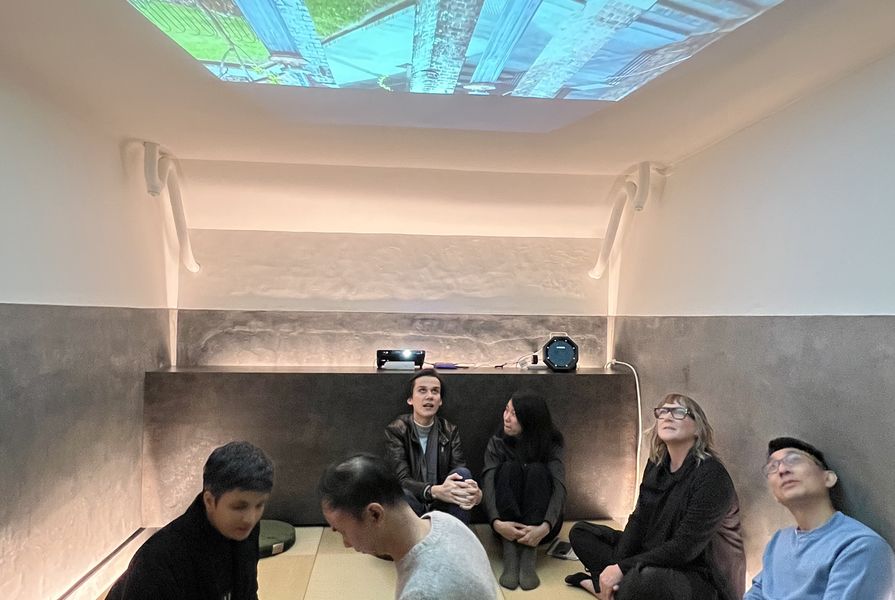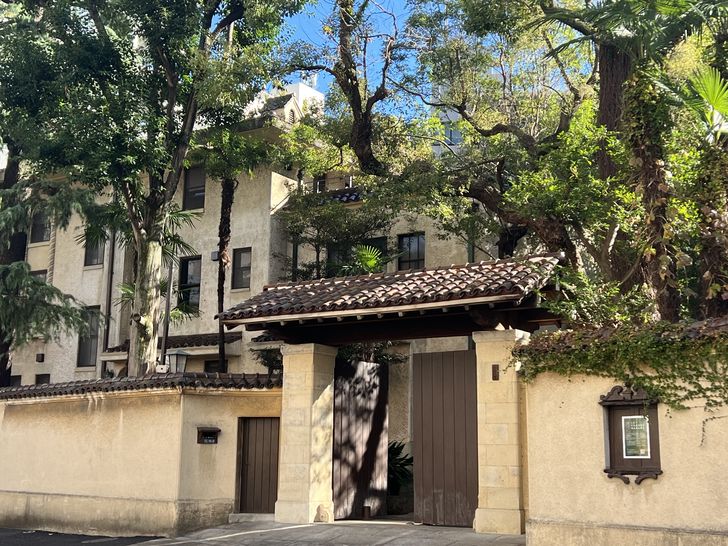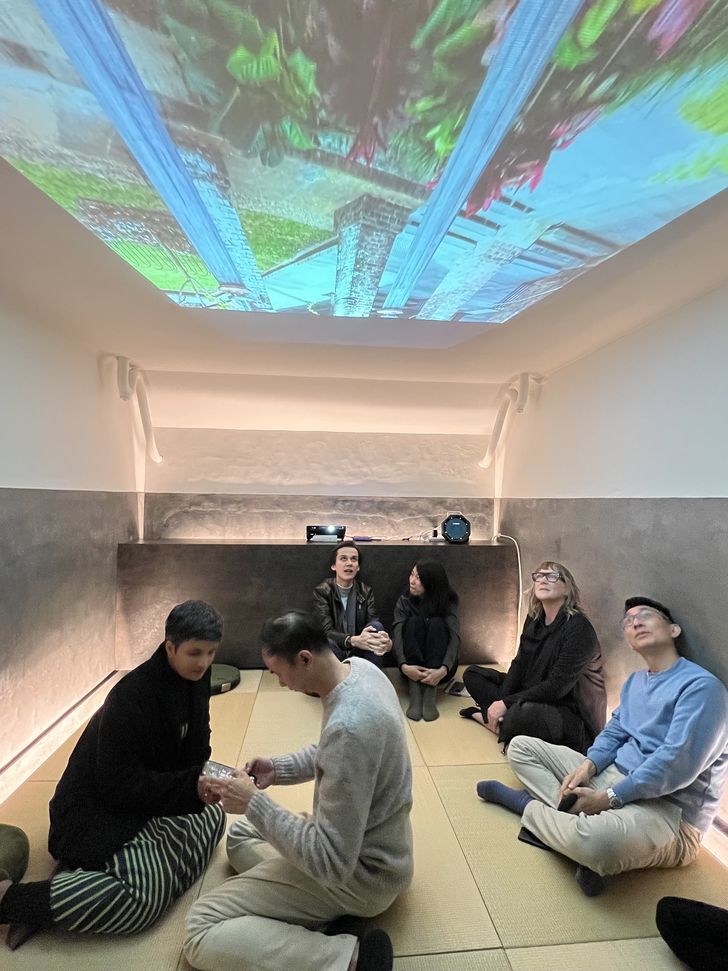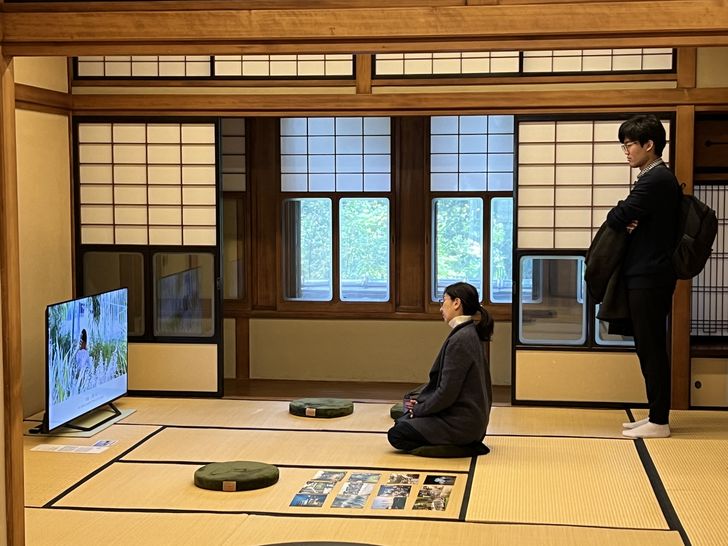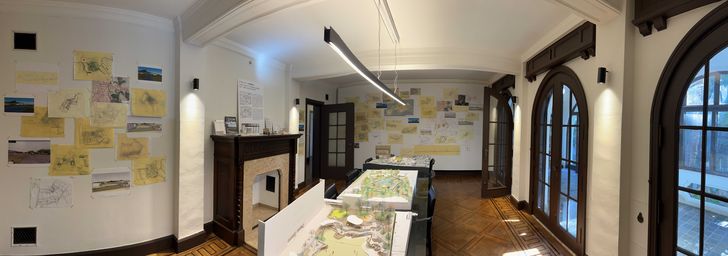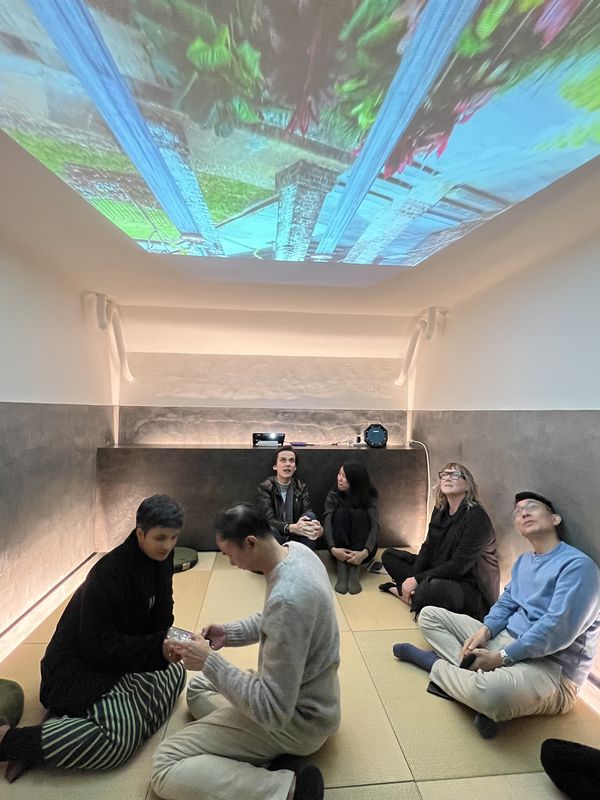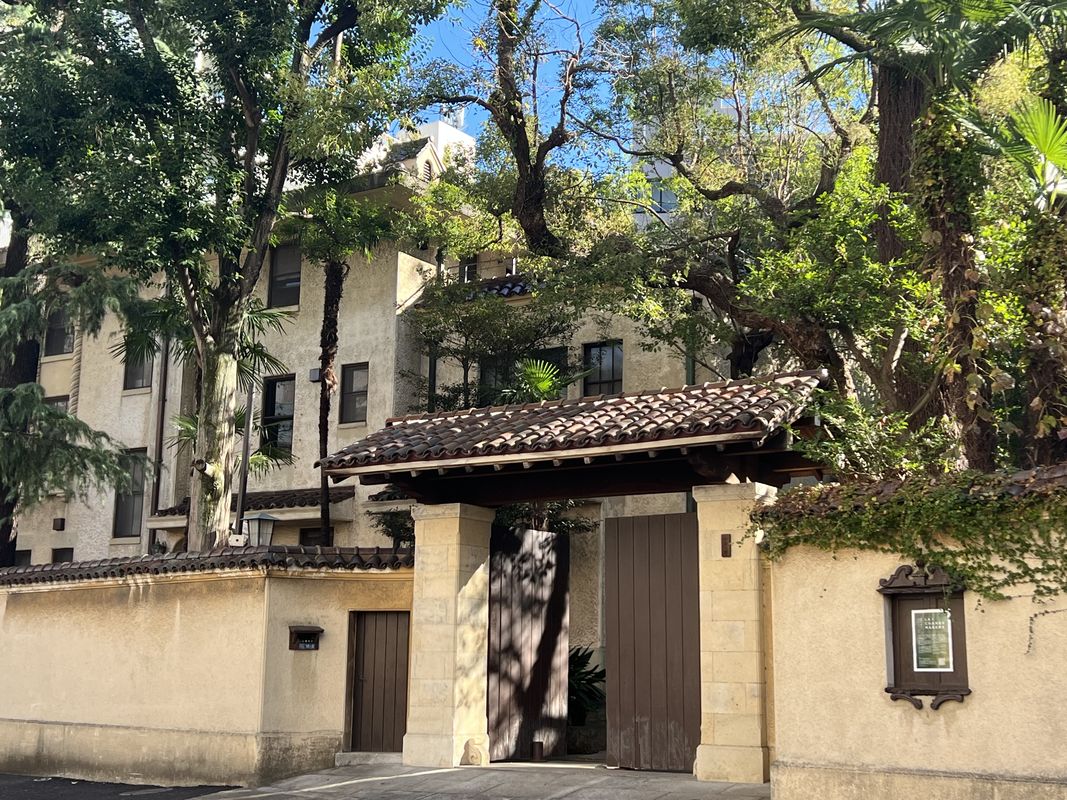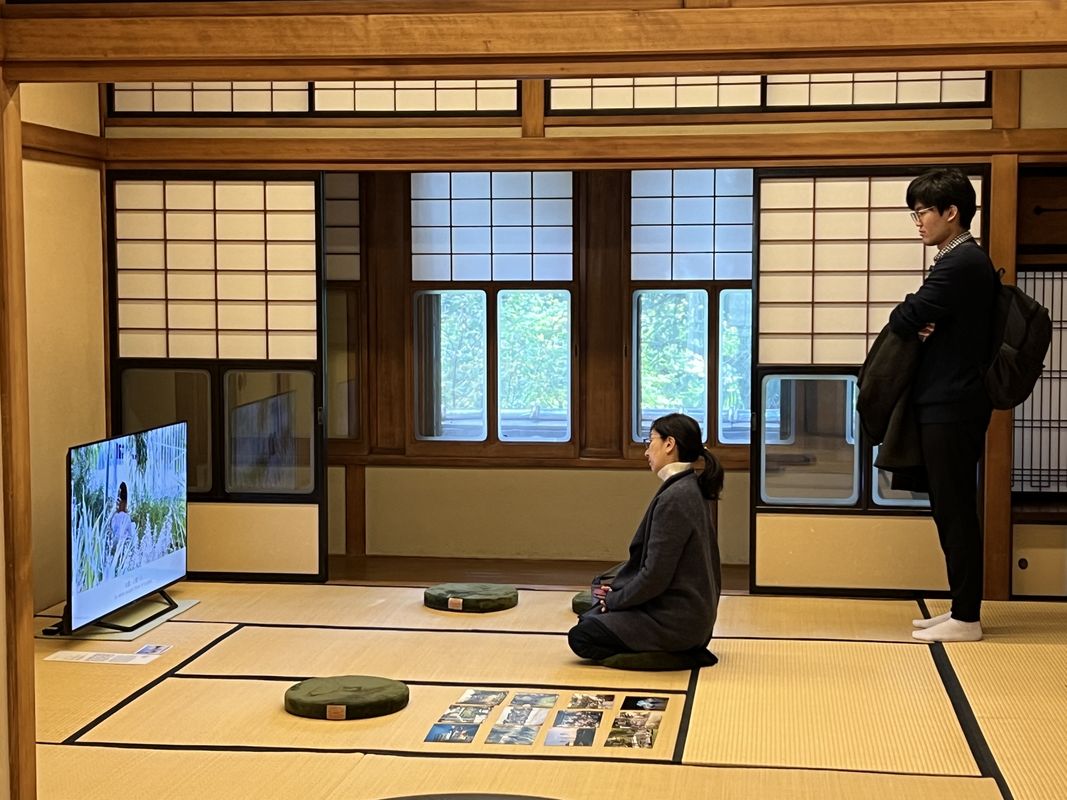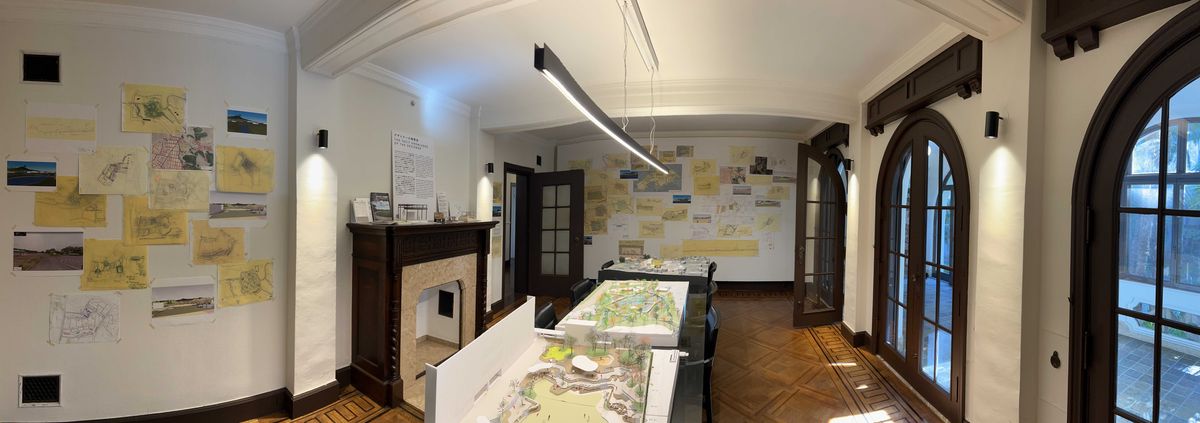How many times have we heard a landscape architect say: “I have always wanted to go to Japan.” When it comes to Japanese landscape design, us Australian designers are well fed. We are enamored with the highly disciplined approach to form-making, meditative use of inorganic materials, supreme control of plants and other-worldly manipulation of space and time that we observe in Japanese landscape design. These are the characteristics of traditional Japanese garden design. Despite decades of modernization in Japan, in Australia we are still transfixed with the design of Japan’s classical gardens, particularly the Zen (dry rock) garden tradition. However, we are far less knowledgeable about contemporary Japanese landscape architecture practice.
The opportunity to participate in the Landscape Architects as Change Makers project developed by Jillian Walliss and Heike Rahmann offered me the chance to deepen and test my assumptions of Japanese landscape architecture. My involvement was three-fold. The design for Prahan Square by Aspect Studios (of which I am a director) formed one of the four Australian projects showcased in two exhibitions, one in Melbourne in May 2023, and a second in Tokyo in November 2023. I also participated in discussions with the three Japanese landscape architects who visited Melbourne as part of the Australian exhibition opening, and then travelled to Japan six months later to continue these discussions during the Tokyo iteration of the exhibition.
Landscape Architects as Change Makers is more than just an exhibition of landscape projects in Japan and Australia. The project seeks to reveal projects beyond the conventional approach of plan, photo and media statement by combining film footage that foregrounds the experience of being “in” the project with in-depth film interviews with the project’s designers. Landscape Architects as Change Makers brings together different countries, culture and professional practices through the medium of the exhibition and a supporting program of events.
While the projects and discussions featured and brought out by Landscape Architects as Change Makersdo engage with Japan’s rich and deep history of gardens, the exhibition also highlights the complexity of understanding concepts such as public and civic space in the Japanese context. This is important because what I learned most from my experience as an exhibitor and participant in the project was how Japanese and Australian ideas of what the terms “public” and “public landscapes” mean differ greatly.
The first exhibition of Landscape Architects as Change Makers was presented in the large white-cube-like space of the Melbourne School of Design’s Dulux Gallery. In this instance, the projects were arranged as pairs (one Japanese project paired with one Australian project) in order to reveal how the designers of the various projects had taken different approaches to similar typologies – or in the case of the idea of “publicness,” in order to highlight these different understandings.
While the use of digital media (film) in a landscape architecture exhibition felt novel, the experience of navigating the exhibition was familiar, moving along the walls to read, listen and watch the exhibition content in a relatively sequential order. A table of landscape books from Japan and Australia rounded out the exhibition material.
In the more recent Tokyo version of the exhibition, the content was reconfigured to respond to the unique architecture of Kudan House, a Spanish mission house dating back to the 1920s situated in Tokyo’s heart. Spread over three floors and many more rooms, the additional space and availability of discrete rooms (including two tatami rooms), offered visitors more time to focus on each project on their own terms. Entering the house required removing one’s shoes – a gesture which supported the creation of a more meditative and reflective experience than that of a bustling gallery. Compared to the Melbourne exhibition, Japanese visitors seemed to spend much longer examining the exhibition material.
The entrance gate to Kudan House in central Tokyo.
Image: Kisten Bauer
Shoes at the door – the threshold to the exhibition.
Image: Kirsten Bauer
Across the Melbourne and Tokyo exhibitons, project pairings ranged from the obvious typological comparisons (for example, the Grampian Peaks Trail was paired with the Okutama forest therapy trail to relationships that facilitated more complex revelations (for instance, the pairing of a private rooftop urban garden in central Tokyo with the public sunken garden of Paddington Reservoir Gardens). Within these pairings, the most unexpected match juxtaposed the high-end Japanese resort landscape of Hoshinoya Karuizawa (a private project where sections are open to the public) with the multicultural civic space of Melbourne’s Prahran Square.
This project pairing was the vehicle for revealing design knowledge. For example, the Grampians Peaks Trail and the Okutama forest therapy trail had the common intent of finding ways of connecting humans with their forest surrounds. In both projects, delicate and precise interventions are not about “hiding” the designer’s hand but about ensuring the design works to expand the visitor’s appreciation of the landscape’s qualities – how feet hit the ground or a back might rest against the wall behind a seat. This attention to the experience of the landscape through materiality and detailing (along with a careful eye on costs) are what guides a design development process.
The original safe of Kudan House (now a tatami room) showcases Paddington Reservoir Gardens. Forcing people to take their shoes off to sit, listen and look up was a great conversation starter.
Image: Kisten Bauer
Upstairs in the tatami room, visitors watch contemplatively the film of Prahran Square.
Image: Kisten Bauer
My year-long involvement with Landscape Architects as Change Makers unfolded as an interweaving of cross-cultural ideas and professional challenges. The exposure to how other designers think and what problems they face has helped to sharpen my own practice and design approach. Learning from the Japanese practitioners who I met at the exhibition and its associated events, watching the films, and travelling more widely in Japan has revealed to me the complexity of the Japanese context and its various challenges for practice. For example, in Japan, landscape architecture remains a relatively young and small profession that is still very much associated with architecture or garden design. Many leading Japanese practitioners were educated outside of Japan, primarily in North American programs. Government support for public open space is weak and many of country’s public spaces are privately delivered and maintained. This contrasts with the situation in Australia where our culture of governance promotes the “public – inclusive of the multicultural” and the individual. In Japan, however, emphasis is placed on the family, the corporation and the nation.
In their 2023 essay “Digital media and the design project: New creative research methods for landscape architecture,” Walliss and Rahmann detail the driving forces behind the Landscape Architects as Change Makers project, highlighting its focus on revealing the “tacit” knowledge of the designer. Tacit knowledge is premised on the concept that “we can know more than we can tell” and that the knowledge of the design practitioner is underrepresented in traditional academic frameworks.
For the duration of the exhibition, landscape practice studio-on-site relocated their office to a central room in the exhibition. Visitors could see landscape architects in action.
Image: Kisten Bauer
So what has the Landscape Architects as Change Makers project revealed to me as an Australian designer?
First, we can do more with less space – we can do this by carefully considering how we can manipulate views and spatial sequence. Space can be crafted as much through materiality as through form. Second, we should celebrate the joy inherent in inorganic materials. Why doesn’t Australia have a stronger tradition of using rocks and gravel in landscape design? Given how much of Australia experiences a dry climate, why are there not more artful dry landscape designs? Third, we should consider how we use plants more carefully – plants comprise biological, cultural, aesthetic, ecological and sculptural material. Fourth, while Australia is not known for having a tradition of craftsmanship tradition, we should look for other ways of supporting craft and the technical arts.
Finally, Australia and Japan are on very different disciplinary and professional journeys, however both countries have a history of being isolated, which makes the opportunity to share and learn from one another even more valuable.
To find out more about the Landscape Architects as Change Makers project, go here.

